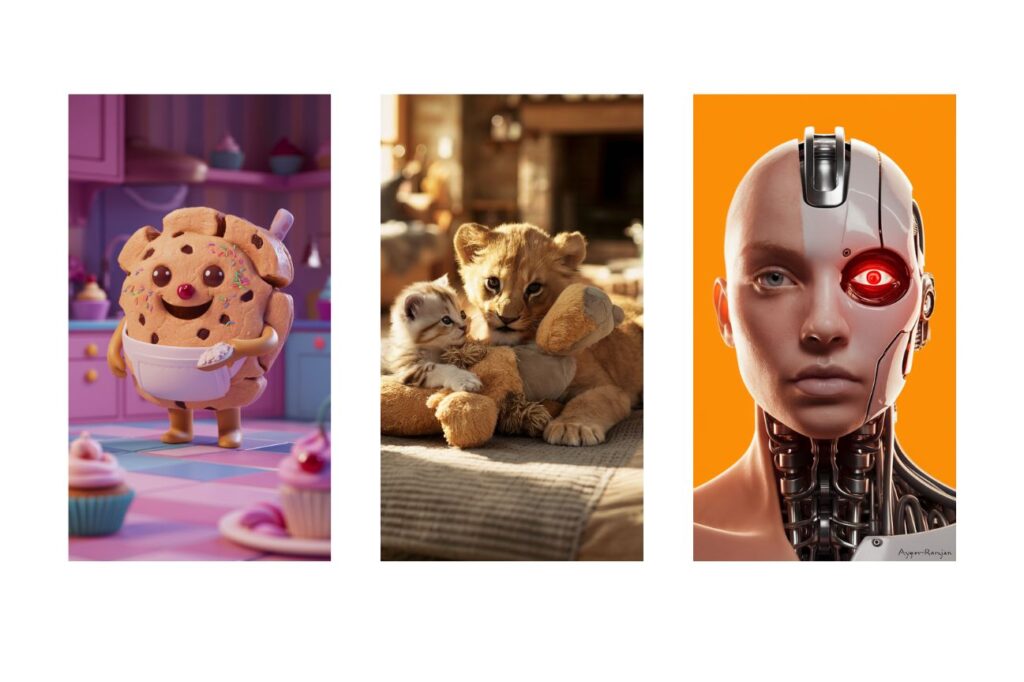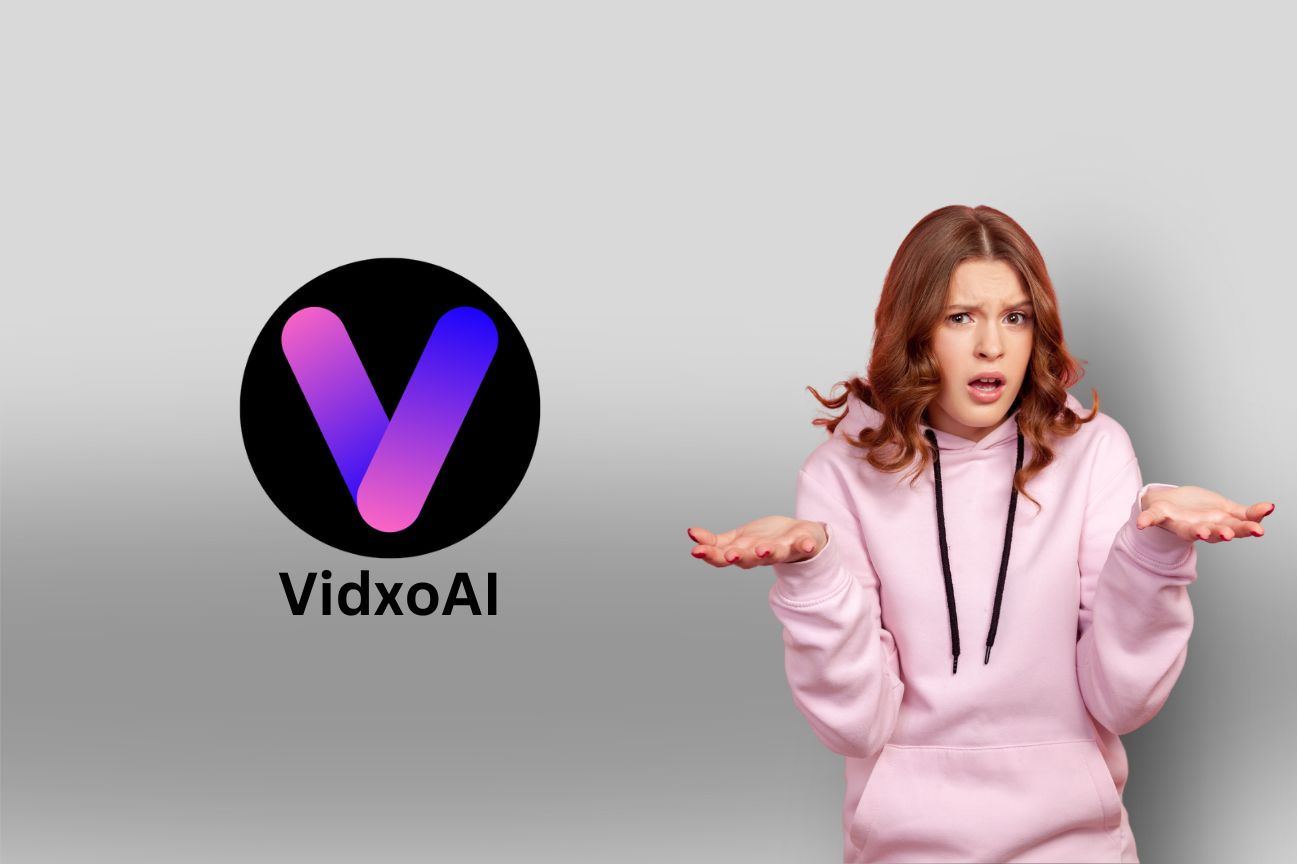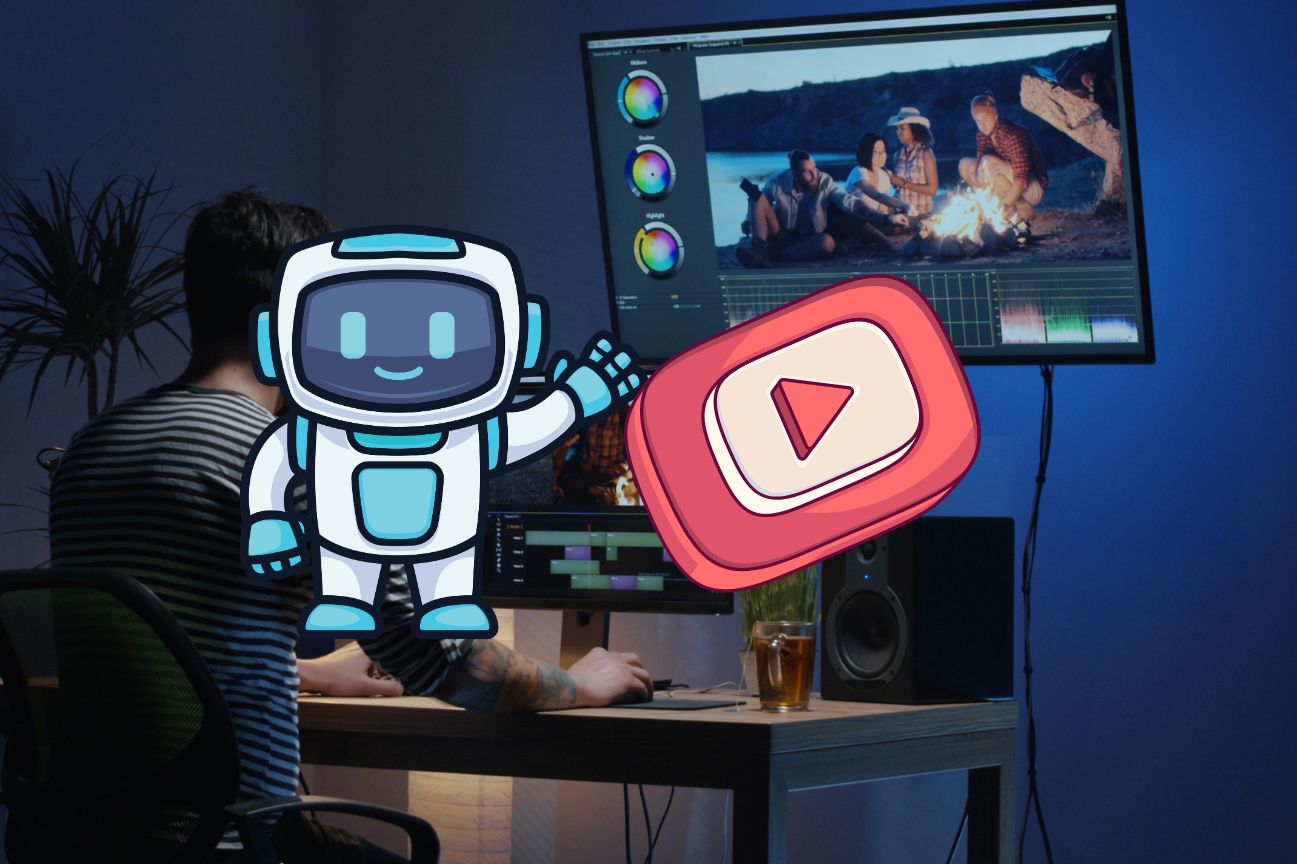The intersection of art and technology presents unprecedented opportunities. With the emergence of AI images, artists and entrepreneurs alike are exploring how to create and monetize AI images, revolutionizing how we perceive and interact with digital art. This fusion not only democratizes art creation, making it more accessible to those without traditional artistic skills but also opens up new avenues for generating income. The importance of understanding this revolutionary process cannot be overstated, as it paves the way for both seasoned and aspiring artists to navigate the digital art landscape.
The article delves into the core aspects of generating AI images, beginning with a fundamental understanding of AI image creation. Following this, it outlines the practical steps necessary to create AI images, highlights various monetization strategies that can transform these digital creations into sources of revenue, and provides tangible examples of AI art prompts to spark inspiration. The conclusion synthesizes these insights, offering a comprehensive guide for anyone interested in turning the concept of AI-generated art into cash. Through this exploration, readers will gain the knowledge needed to embark on their own journey of creating and monetizing AI images effectively.
Understanding AI Image Creation
AI image generators utilize trained artificial neural networks to create images from scratch. These generators have the capacity to create original, realistic visuals based on textual input provided in natural language. They are trained on an extensive amount of data, comprising large datasets of images. Through the training process, the algorithms learn different aspects and characteristics of the images within the datasets, enabling them to generate new images that bear similarities in style and content to those found in the training data.

What is AI Image Creation?
There is a wide variety of AI image generators, each with its own unique capabilities. Notable among these are the neural style transfer technique, which enables the imposition of one image’s style onto another; Generative Adversarial Networks (GANs), which employ a duo of neural networks to train to produce realistic images that resemble the ones in the training dataset; and diffusion models, which generate images through a process that simulates the diffusion of particles, progressively transforming noise into structured images.
Tools and Software for AI Images
- DALL-E: Developed by OpenAI, DALL-E 2 is an advanced AI image-generative technology that employs a diffusion model, integrating data from CLIP. It was released in April 2022, building upon the original DALL-E.
- Midjourney: An AI-driven text-to-picture service developed by Midjourney, Inc., it empowers users to turn textual descriptions into images, catering to diverse art forms, from realistic portrayals to abstract compositions.
- Stable Diffusion: Launched in 2022, Stable Diffusion is a text-to-image generative AI model developed through a collaboration between Stability AI, EleutherAI, and LAION. In addition to creating detailed images based on text, it can perform tasks like inpainting, outpainting, and image-to-image transformations.
Steps to Create AI Images
Considering various factors here, we have prepared some steps that will help you in image creation:
Setting Up Your AI Image Generator
To begin creating AI images, the first step is to select and set up an AI image generator tool. There are various options available, such as DALL-E, Midjourney, and Stable Diffusion. Research and evaluate the features, capabilities, and user reviews of different platforms to find the one that best aligns with your needs and objectives. Consider factors like overall functionality, image quality, ease of use, cost, and integration options.
Once you’ve chosen a platform, follow the setup instructions provided. This may involve installing software, creating an account, and obtaining an API key for authentication. Ensure that you have the necessary prerequisites, such as Python and code editors, if required for the chosen platform.
Choosing the Right Prompts
Crafting effective prompts is crucial for generating high-quality AI images. The prompts serve as textual input, guiding the AI model in understanding and translating your desired visual concepts into images. Here are some tips for creating effective prompts:
- Be specific: Describe the subject, shapes, colors, textures, patterns, and artistic styles you want to see in detail. For example, “a surreal landscape with twisting trees, a bright red sun, and rippled purple mountains.”
- Include references: Mention specific artists or art movements you want to emulate, such as “a cubist portrait in the style of Picasso.”
- Suggest mood or emotion: Use prompts like “a melancholy seascape” or “a whimsical still life” to convey a certain feeling or tone.
- Use open-ended phrasing: Try prompts with open-ended phrasing like “a surreal landscape with unexpected details” to give the AI room for improvisation.
- Utilize adjectives: Use multiple adjectives to describe the subject, style, and composition of your desired image.
Refining and Editing AI Images
While AI image generators can produce impressive results, you may need to refine or edit the generated images to achieve your desired outcome. Many platforms offer tools for iterative refinement and editing, allowing you to make adjustments and provide feedback to the AI model.
- Iterative refinement: Use the generated image as a starting point and provide additional prompts or guidance to refine specific aspects, such as adding or removing elements, adjusting colors, or modifying the composition.
- Inpainting and outpainting: Some tools offer inpainting and outpainting features, which allow you to modify specific areas of the image or extend the canvas beyond the original boundaries.
- Image-to-image transformations: Certain AI image generators enable you to use an existing image as a base and apply artistic styles, filters, or transformations to create a new, modified version.
- Automated photo editing: AI image editors can also serve as automated photo editors, allowing you to enhance or modify non-AI images by adding or removing objects, adjusting colors, or applying artistic effects.
By combining iterative refinement, editing tools, and your creative vision, you can fine-tune the AI-generated images to better align with your desired outcomes, ultimately producing unique and captivating digital artworks.
Monetization Strategies of AI-Generated Images
Monetizing AI-generated images can open up lucrative opportunities for artists and entrepreneurs alike. Here are some effective strategies to consider:
Commercial Licensing
One rewarding approach is to license your AI-generated artwork for commercial use. This involves granting businesses or individuals the legal right to reproduce your work for specific purposes, such as merchandise, digital platforms, or promotional materials. You maintain the copyright while earning royalties based on the usage of your artwork.
Determine whether you want to offer rights-managed licenses, where you dictate the terms, prices, and limits, or opt for royalty-free models, where buyers pay a one-time fee for unrestricted use. Identify potential licensors, such as clothing brands, advertising firms, or publishing houses, that might be interested in your unique AI designs. Establish fair pricing based on factors like the license type, duration, and potential audience size.
To protect your interests, draft a comprehensive licensing agreement that outlines terms, scope of use, compensation, and termination clauses. Consider consulting a legal expert to ensure all crucial details are covered. Promote your licensing opportunities through social media, personal networks, and art-related platforms, showcasing high-quality images and detailed descriptions of your artwork.
Selling Prints
In the era of print-on-demand, offering AI-generated art merchandise is a great way to monetize your creations and build a brand. You can feature your AI artwork on a wide range of products, including clothing (t-shirts, sweatshirts, hoodies, hats), accessories (tote bags, stickers), and home decor (posters, wall art, prints).
The beauty of this approach lies in its low initial costs. You can create and sell print-on-demand merchandise without substantial upfront investments. Explore popular print-on-demand platforms that handle the production, shipping, and fulfillment processes, allowing you to focus on creating and marketing your AI art.
NFT Marketplaces
The rise of non-fungible tokens (NFTs) has ignited a digital art renaissance, firmly establishing itself in the art world. As an artist, you can monetize your AI creations by selling them as NFTs on various marketplaces.
The process typically involves minting your artwork, which transforms it into a one-of-a-kind token on the blockchain. Popular platforms like OpenSea, Mintable, and Rarible offer minting services and facilitate NFT sales and trading.
While pricing can be tricky without standardized guidelines, the value of your NFT artwork will largely depend on your reputation, the uniqueness of the piece, and current market trends. Promote your NFTs through social media, professional networks, and art forums to generate interest and visibility.
It’s important to note that NFT transactions are typically conducted in cryptocurrency, so you’ll need to set up a digital wallet to receive these payments. Common wallets used in the NFT world include MetaMask and Trust Wallet.
By leveraging these monetization strategies, you can transform your AI-generated art into a profitable venture, reaching global audiences and tapping into new revenue streams while showcasing your creative talents.
Examples of AI Art Prompts
To unlock the full potential of AI image generators, crafting effective prompts is crucial. Here are some examples of prompts that can inspire captivating AI artworks across various genres:
Surreal Landscapes
- “A dreamlike landscape with floating islands, twisted trees, and a vibrant purple sky.”
- “A peaceful forest scene with lush greenery and a tranquil stream, but with unexpected surreal elements.”
- “A rugged mountain range under a starry night sky, with ethereal glowing elements.”
Futuristic Cityscapes
- “A futuristic cyberpunk cityscape filled with neon lights, flying cars, and towering skyscrapers.”
- “A spaceship parking lot in a bustling metropolis, with citizens going about their daily lives.”
- “A vibrant, futuristic version of New York City in the year 2050, with advanced technology seamlessly integrated into the urban landscape.”
Abstract Organic Forms
- “An abstract composition featuring fluid, organic shapes and patterns reminiscent of plant life.”
- “A dynamic, swirling array of organic forms in vibrant colors, evoking a sense of growth and evolution.”
- “An immersive, textured artwork with intricate, repeating organic patterns that evoke the natural world.”
These prompts serve as starting points, allowing you to experiment with different combinations of descriptive words, artistic styles, and imaginative concepts. By refining and iterating on these prompts, you can create truly unique and captivating AI-generated artworks that push the boundaries of digital creativity.
Conclusion
Throughout this exploration of how to create and monetize AI images, we’ve journeyed from the basics of AI image creation to detailed monetization strategies that harness the power of digital art in today’s market. By understanding the sophisticated tech behind AI image generators and mastering the art of generating revenue through commercial licensing, print sales, and the burgeoning NFT market, artists and entrepreneurs are equipped to tap into unparalleled opportunities. The significance of blending artistic creativity with neural network capabilities cannot be underestimated, as it not only democratizes art but also opens up a myriad of avenues for innovation and profit.
As we conclude, it’s clear that the fusion of art and artificial intelligence marks a transformative phase in the digital and creative industries. By fostering an environment of continuous learning and experimentation with AI tools and monetization techniques, individuals are poised to revolutionize the way art is created, experienced, and valued. This guide serves as a catalyst for aspiring creators to embark on their own journeys, leveraging AI for artistic and financial fulfillment. Embracing the potential of AI in art creation and monetization offers a glimpse into a future where technology and creativity converge to redefine the boundaries of what is possible in the digital art world.
Recommended reading:
How to Use Vidxo AI – A Step-by-Step Guide
How to Use AI to Create Engaging Instagram Reels and Earn Money
FAQs
1. Is it possible to earn money from AI-generated images?
Yes, you can monetize AI-generated images by creating and selling NFTs (non-fungible tokens) of your artwork. NFTs are unique digital assets that cannot be duplicated, making them a valuable method for selling your AI creations. Platforms like OpenSea and Rarible are popular for trading NFTs of AI art.
2. What are some platforms for selling AI-generated images?
AI-generated images can be sold on various platforms, including:
- Wirestock: Ideal for AI artists looking to sell their images.
- Vecteezy: Offers opportunities for selling at a lower tier.
- Adobe Stock: A well-known platform for selling digital images.
- Dreamstime: Another option for selling digital images.
- 123RF: A platform that catifies a range of stock images.
- Addictive Stock: Specializes in compelling stock photography.
3. How can AI be used to generate income?
AI can be employed in numerous ways to create wealth, including:
- Developing AI software.
- Conducting AI data analytics.
- Implementing AI-powered chatbots and virtual assistants.
- Producing AI-written content.
- Creating AI graphic designs.
- Developing AI websites.
- Editing videos with AI.
- Engaging in AI digital marketing.
4. Can you make money from DALL-E generated images?
Yes, DALL-E generated images can be sold. However, it’s important to note that these images can also be sold by others, so exercise caution in this market.


